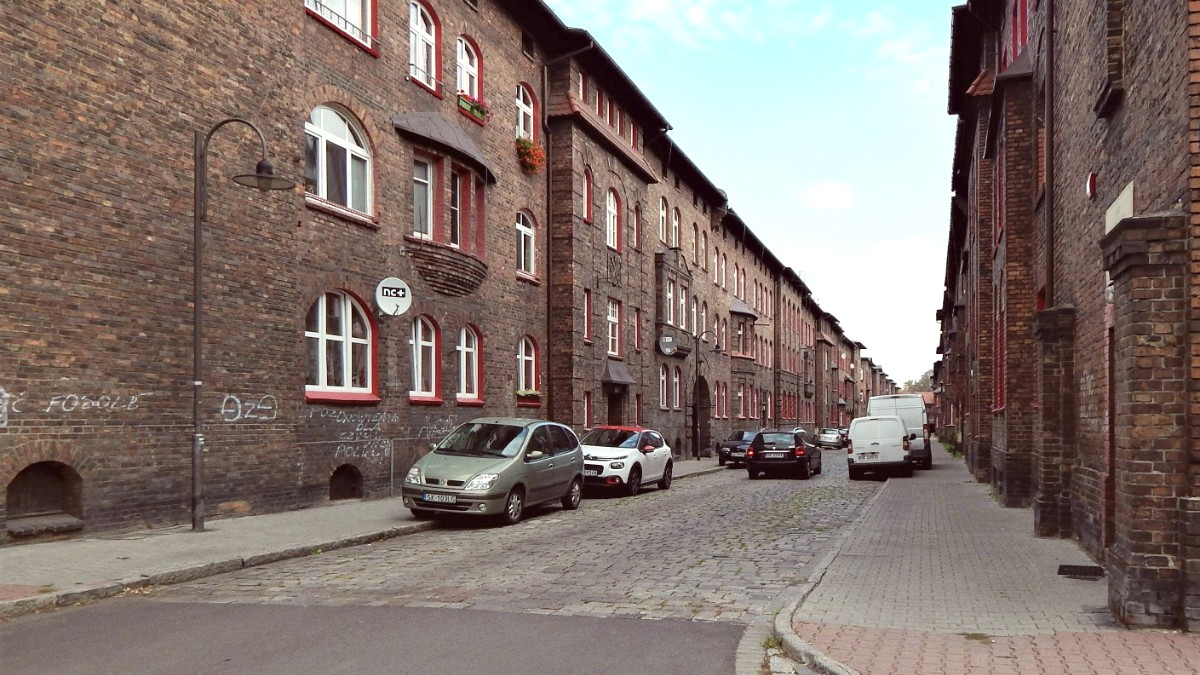
Poland
Common ingredients include potatoes, cabbage (fresh and fermented into sauerkraut), beets, cucumbers, and other root vegetables. Pork, beef, and poultry are prevalent, along with freshwater fish. Wild mushrooms, often foraged from local forests, feature prominently in many dishes.
Dairy products like sour cream and quark cheese (twaróg) are widely used. Herbs like dill, marjoram, and caraway contribute to the characteristic flavors. Dishes frequently have a savory profile, sometimes with a sour or earthy undertone from fermentation processes or mushrooms.
It is common to say "Dzień dobry" (good day) when entering a restaurant.
Tipping is customary for good service, usually 5-10% of the bill. Round up or state the total including tip when paying by card.
Fork in left, knife in right. Wait for all to be served. "Na zdrowie!" ("To your health!") is a common toast.
Quintessential Silesian potato dumplings. Round with a thumbprint indentation, designed to collect gravy.
Soft and yielding, a comforting side dish.
Silesian beef roulade: thin slices of beef rolled around bacon, pickled cucumber, and onion, slow-cooked in rich gravy.
Embodies the hearty nature of Silesian cuisine.
Sour rye soup with a distinct Silesian variation. Includes smoked sausage (kiełbasa) and a hard-boiled egg. Often served in a hollowed-out bread bowl.
A rustic and traditional flavor.
Open-faced baguette pizza with sautéed mushrooms, cheese, and various toppings.
Grilled Polish sausage. Oscypek is smoked sheep cheese, often grilled with cranberry jam.
Sophisticated ambiance and creative dishes for special occasions.
Popular choices for a balance of quality and price.
Affordable, quick, and authentic dining experiences.
Central market with fresh produce, meats, dairy, and some prepared foods.
Glimpse into local shopping habits.
Known for lively nightlife, but also many casual eateries, pubs, and cafes.
Grab a meal amidst the atmosphere.
Pizzerias and pasta places
Sushi, Thai, Vietnamese
Eateries with diverse flavors
Diners and fast food
Dedicated halal or kosher restaurants are limited. Some international restaurants (e.g., Turkish, Middle Eastern) might have halal options.
Jewish community organizations may resources for kosher food.
Use apps like HappyCow to locate vegetarian and vegan restaurants.
Online forums or Facebook groups for expats in Katowice also valuable recommendations.
Local companies or private chefs may cooking classes on traditional Polish or Silesian cuisine. Food tours can lead to hidden culinary gems.
Direct farm visits or tours of food producers are more likely in surrounding rural areas of Silesia. These excursions into the sourcing of local ingredients.
Check with local cultural centers for art, ceramics, or traditional crafts workshops.
Attend classical music concerts at NOSPR for exceptional acoustics. See a play at Silesian Theatre for cultural richness.
Engage with locals in Nikiszowiec. Learn basic Polish phrases for better interaction.
While not a prominent tourist offering, traditional herbal remedies and some alternative therapies are local practitioners.
Explore local wellness options.
The Valley of Three Ponds designated swimming areas and sandy beaches during summer.
A local spot for relaxation by the water.
Many mid-range to luxury hotels facilities including pools, saunas, and massage services (e.g., Novotel, Courtyard by Marriott). Standalone centers are also available.
Katowice lacks natural hot springs nearby. For such experiences, travel to specific spa towns elsewhere in Poland.
Several yoga studios operate in Katowice, drop-in classes for visitors. Look for studios that provide classes in English or for non-Polish speakers.
Experiment with local delicacies beyond the main dishes. Many smaller eateries or markets unique regional treats.